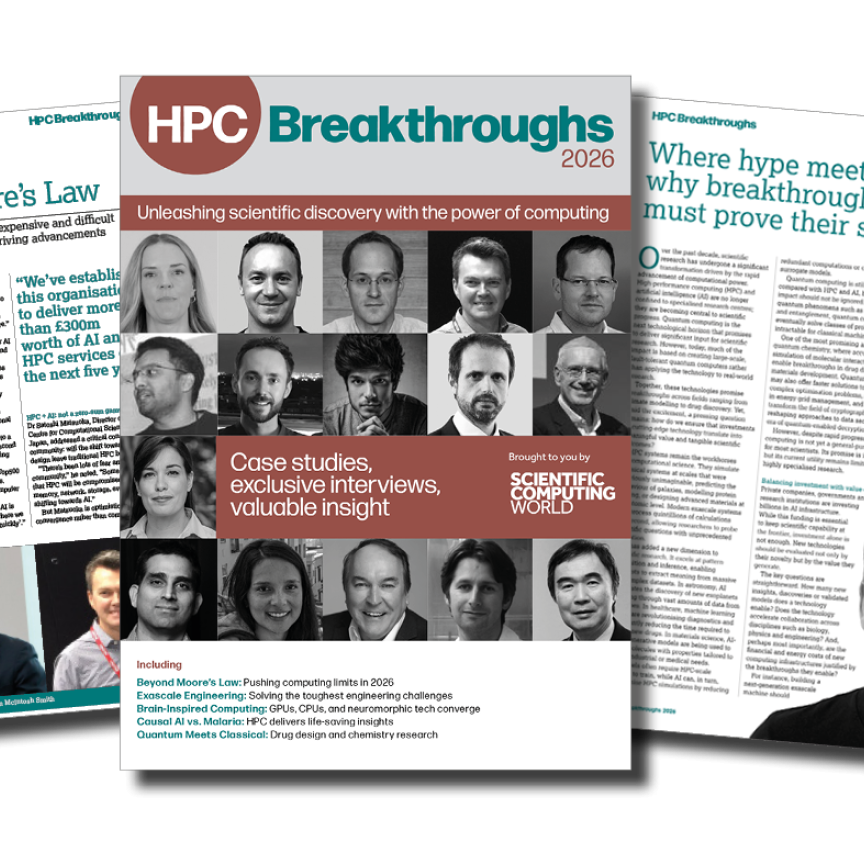The French Government's Commissariat à l’Energie Atomique et aux Energies Alternatives (CEA) has signed a contract with Bull to install a supercomputer for research into civilian nuclear fusion energy. The supercomputer is an important milestone of Europe’s contribution to the Broader Approach (BA), an agreement signed between Europe and Japan to complement the ITER project through various R&D activities which are developed in the field of nuclear fusion. The European participation to the BA is coordinated by Fusion for Energy (F4E), the EU organisation managing Europe’s contribution to ITER. This specific activity is provided by France as a part of its voluntary contribution to the BA.
Bull will provide, maintain and operate a supercomputer to be installed at the International Fusion Energy Research Center (IFERC) in Rokkasho, Japan. This system is intended to allow the most advanced modelling and simulation in the field of plasmas and controlled fusion equipment. Available to European and Japanese researchers for a period of five years beginning in January 2012, this supercomputer is intended to allow the most advanced modelling and simulation in the field of plasmas and controlled fusion equipment.
The supercomputer will exceed Pflop performance and will be the third machine designed and developed by Bull reaching this level of computing power. The new supercomputer is designed to be operational 24-hours per day and its peak performance of almost 1.3 Pflops places it among the most powerful systems in the world. The computing components combine, within a cluster architecture, 4410 blades bullx series B including 8820 Intel Xeon processors of the ‘Sandy Bridge’ type, and 70,560 cores. The supercomputer is equipped with a memory exceeding 280 Tbytes and a high bandwidth storage system of more than 5.7 Pbytes, supplemented by a secondary storage system designed to support 50 Pbytes. The connection network for the cluster is based on InfiniBand technology.
To supplement the computing component, 36 bullx series S systems and 38 bullx series R systems will be used for the cluster's administration; for management of the Lustre file systems and for user access. Bull will also provide 32 bullx series R systems, including high-performance graphics cards for pre- and post-processing and visualisation. The supercomputer will be equipped with the bullx supercomputer suite advanced edition; the software suite developed and optimised by Bull for Pflop-class systems based on the Linux operating system and including Open Source components.
CEA has been entrusted by F4E to run the full operation for Europe. The operational control of the computer centre will be overseen on site by a CEA director assisted by a deputy from JAEA. JAEA contribution to the project includes the delivering and managing part of the infrastructure required to host the supercomputer as well as local support for users and programmers. Bull will be responsible for the design and realisation of the electrical and liquid cooling infrastructures within the computer rooms. The company will also be responsible for installation, maintenance and operation of the supercomputer and its peripheral equipment for five years. For all these services, Bull will be assisted by its local partner SGI Japan Ltd. SGI will install, maintain and operate the supercomputer as well as provide additional key technologies for five years.
The installation of the supercomputer in Rokkasho will begin in June 2011.

